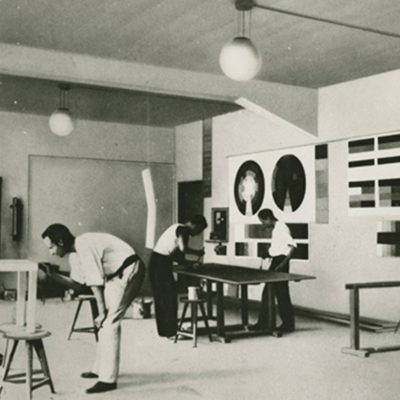Buy once, buy well
The great windmill of design fads will turn again this season. Driven by smart-suited trend forecasters in big cities, the latest cycle will release a glut of on-trend knock-offs into shops around the world. But will longevity and quality ultimately prevail?
“If you think good design is expensive, you should look at the cost of bad design,” said Dr Ralf Speth, CEO of Jaguar/Land Rover — advice that speaks to furniture as well as automobiles.
When considering a new piece of furniture it takes vision to look beyond the price tag and consider the full and ‘real’ cost. What seems like an unbeatable deal today may come back to bite within years, whether it’s in re-upholstery, repairing shonky joinery or replacement costs for a configuration gone stale.
In the ‘throwaway’ culture of modern life establishing a ‘real cost’ pre-purchase is also kinder on the environment. By designing furniture for a long lifecycle (instead of building in obsolescence) natural resources are conserved and pollution is reduced.
Selecting a quality design clearly has benefits beyond aesthetics and individuality.

What is ‘fashionable’ will inevitably become antiquated. However design should be democratic. It should have wide appeal, be easy to live with and, quite simply, just make sense. Good design lasts because it is honest. It’s a product of time and consideration and does the intended job. Every last detail is deliberate.
None of us live with a money tree in the backyard however. So what’s the answer? We think there’s something to be said for a ‘buy less and spend more’ approach, albeit one that’s carefully measured by ‘worth’ versus ‘cost’. New Zealanders have always valued a rich life more than the stuff it contains – so we’ll keep trying to buy products that legitimately add richness to our days here.
“Styles come and go. Good design is a language, not a style.” –Massimo Vignell.
